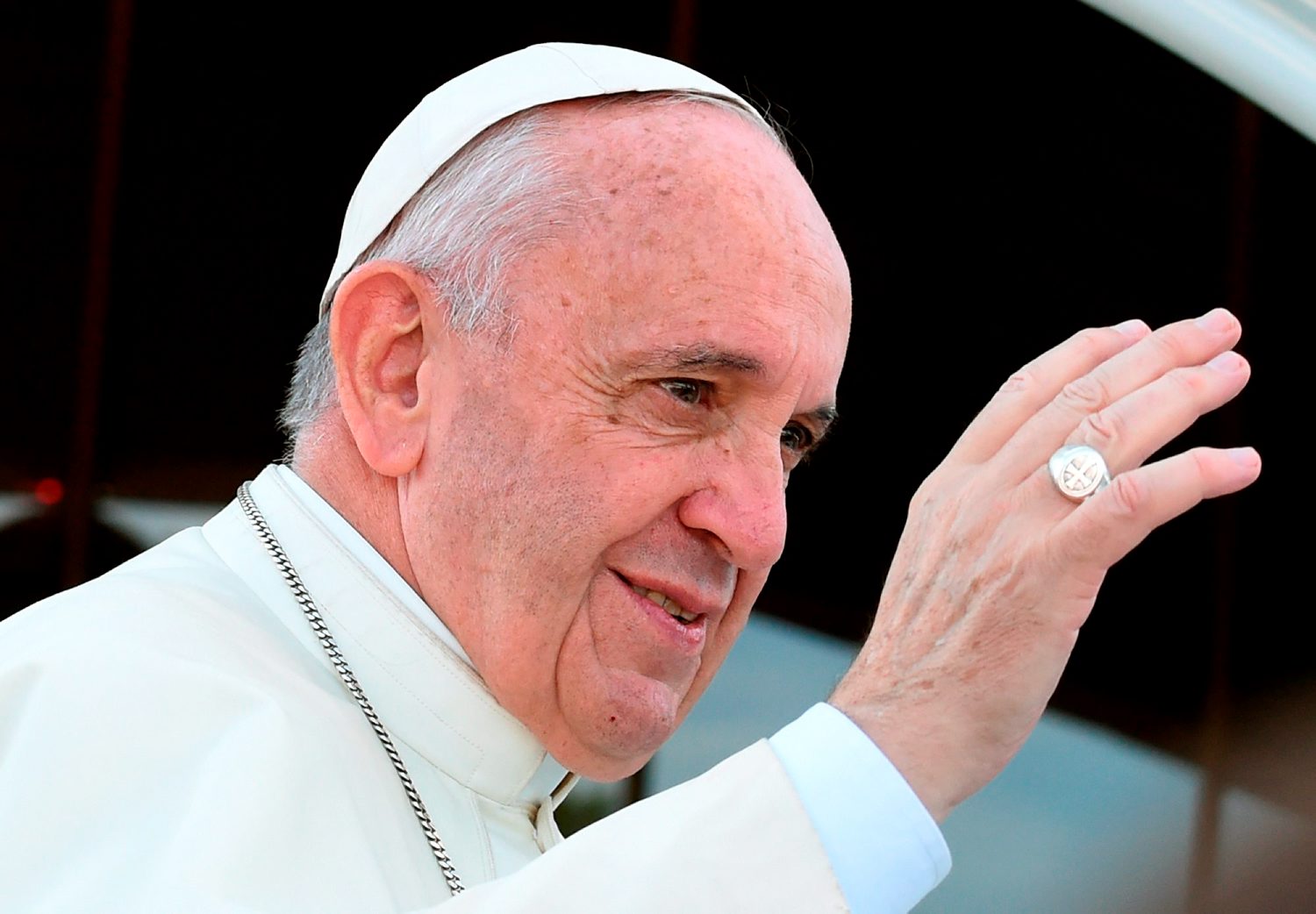Desire for Changes in the Church Won't Stir Holy See Any Time Soon
By Irish Independent
It's the ordinary Catholic in the pew you'd feel for, hearing about the alleged carry-on at Maynooth, learning, perhaps for the first time, that there is a "gay dating app" which trainee priests were allegedly in the habit of availing; and that the usually liberal Archbishop of Dublin seems to consider St Patrick's College - once the powerhouse of Catholic Ireland - such a worry that students have to be despatched to Rome to acquire their pastoral and theological training. The ordinary Catholics - the mild and thoughtful women and men that I sometimes sit beside at St Theresa's Church in Clarendon Street on a Saturday evening when I'm in Dublin - will surely feel confused, dismayed, and disappointed that the situation seems such a mess and a muddle. When the Archbishop of Dublin makes a point, and his brother bishops blatantly refuse to back him - well, where is the leadership in a crisis? Where is the management? Where is the steady shepherd who guides his flock? Many of those older churchgoers will remember a time when the Catholic Church - when Maynooth itself - seemed as solid and commanding as any of the great institutions of Christendom, when its power was so awesome that politicians would regularly kneel to kiss a bishop's ring. The old church was too powerful, and it had to change. Many changes were positive, too - the innovations of Vatican II, in the 1960s, were warmly welcomed in Ireland - but should change mean confusion? Should it mean a rudderless institution with a "quarrelsome" - Dr Martin's word - atmosphere? Anonymous complaints of sexual harassment abounding, while open complainants such as Father Gerard McGinnity had his career destroyed for reporting the "inappropriate behaviour" involving Maynooth's then vice-president, Monsignor Micheal Ledwith. It would be hard for the average Catholic not to regard the whole business as scandalous. One of the wider issues, I am told, is that a high percentage of the Catholic clergy today are gay men, and what prevails inside the church is a "don't ask, don't tell" attitude. The iron disciplines of yesteryear - when John Charles McQuaid, erstwhile Archbishop of Dublin, would advocate "custody of the eyes" to clerical students (do not look at anything that might tempt your eyes) - can hardly be invoked in an era of instant smart-phone dating (itself a euphemism for easy sexual hook-ups). "These young men coming into the seminaries today are very much more influenced by the wider culture," says one who has seminary experience. "Sexuality isn't accompanied by the same scruples as it used to be." There's a hothouse, boarding-school atmosphere in any seminary, and while clerical students are expected to be celibate, it's not something that is easily enforced, especially among gay students. A heterosexual seminarian - who is expected, equally, to observe the rule of celibacy - would have some difficulty inviting a woman into his college room, whereas two gay men may well be quartered in close proximity anyway. Perhaps the rule of celibacy should simply be abolished. The moral historian WEH Lecky, back in the Victorian era, described it as "a war against nature". There would be widespread support among churchgoers for married priests, and there would also be considerable support for the ordination of women. And since women mature earlier than men, they might, as clerical students, be more serious about focusing on theology rather than on dating apps like Grindr. But all that requires a large shift at the Vatican (tentative steps were taken by Pope Francis this week when he opened discussion on female deacons), and the Holy See, famously, thinks in centuries. Yet, neither marriage nor female ordination automatically corrects all irregularities. Some Anglican seminaries have also been identified as hotbeds of camp frolics, with students of divinity giving one another jokey girls' names - "Doris", "Gladys", "Dame Edna". Women priests in the Church of England have often been impressive as individuals, but the numbers of worshippers has fallen catastrophically over the past ten years just the same. Certainly, many people think there should be deep, structural reform around the Irish seminary system - perhaps adopting the system that the late Cardinal Lustiger in Paris (born Jewish, converting as a young man to Rome) introduced: priests learning their trade in a parish, under the pastoral care of a trusted mentor, while going to college part of the time. Being in an actual parish brings a taste of the real world, rather than being in an overgrown boarding school. Change there must be, evidently. But older Catholics will cast their minds back to the time when the towering Monsignor Horan, or the inspiring Blessed Father John Sullivan, or the heroic Father Gleeson of the Munster Fusiliers who ministered so peerlessly on the battlefields of Flanders, exemplified the best of the Irish priest - men who were brave, devoted, and, in the best way, manly.
|
.
Any original material on these pages is copyright © BishopAccountability.org 2004. Reproduce freely with attribution.
